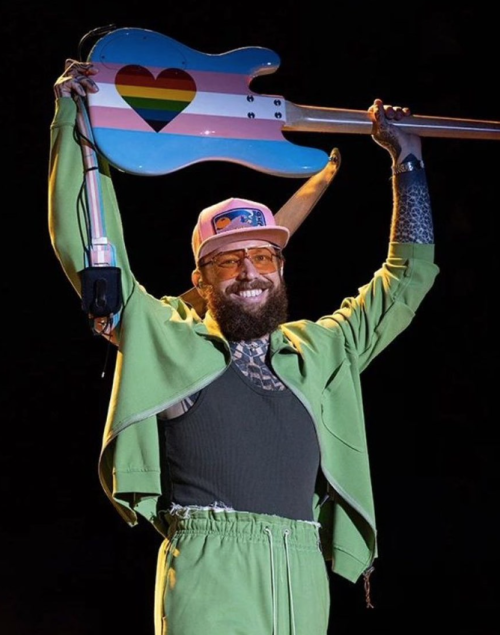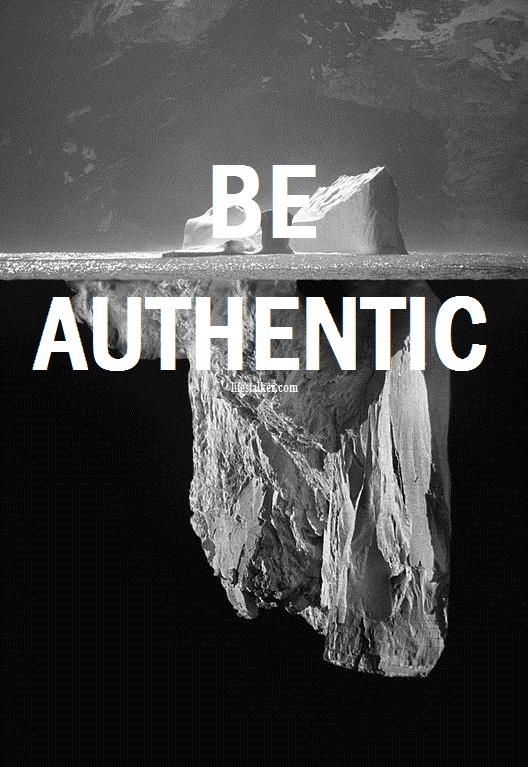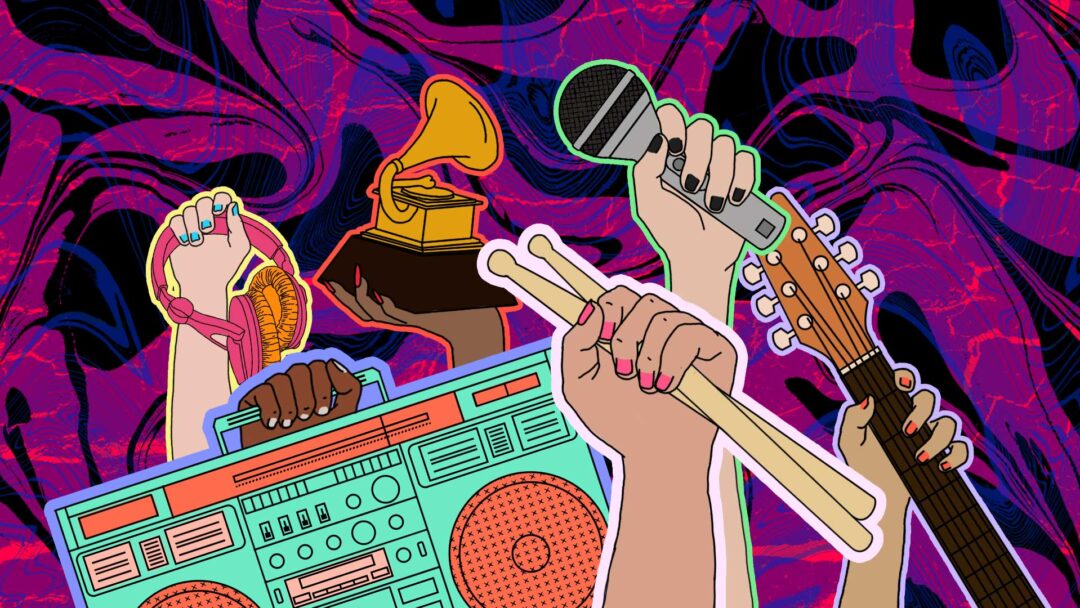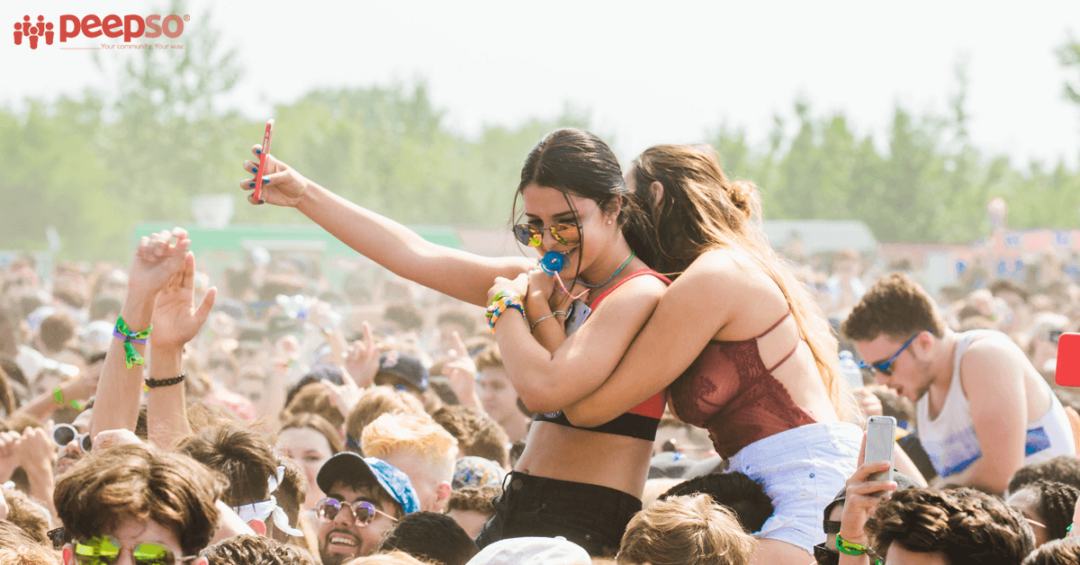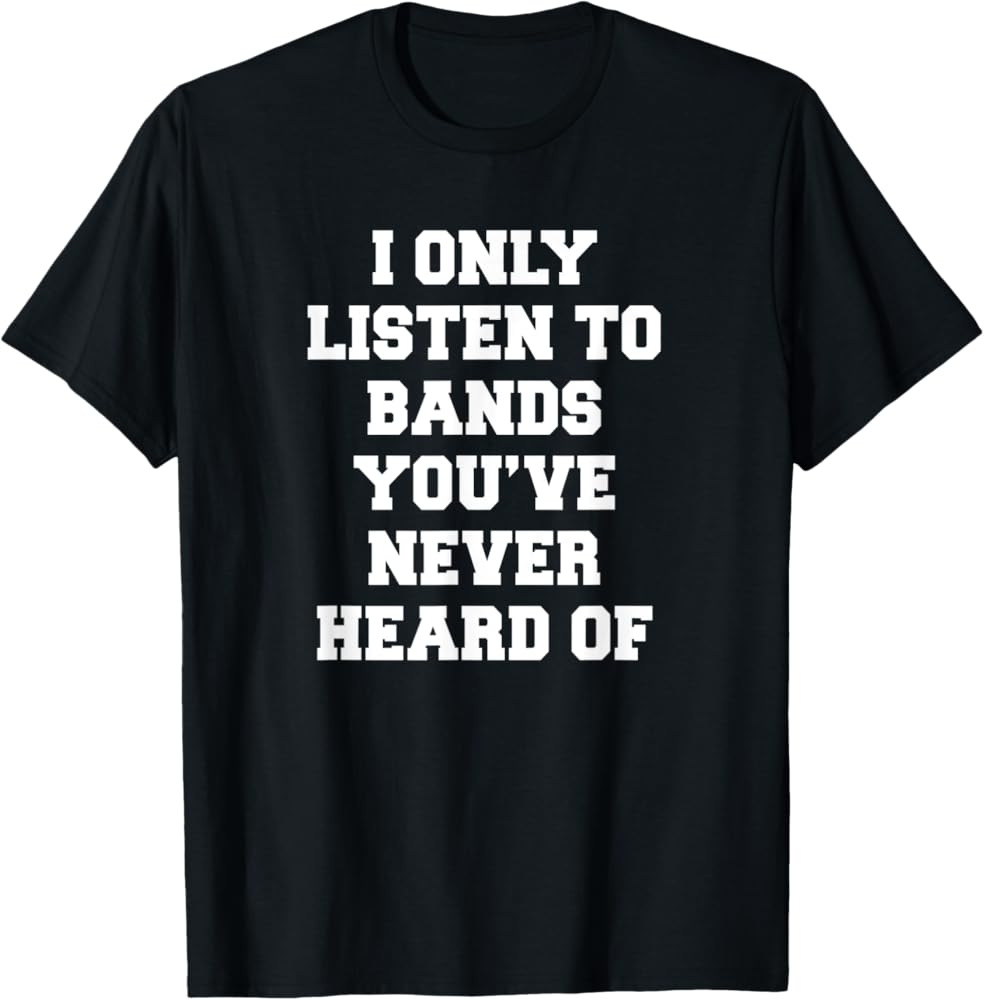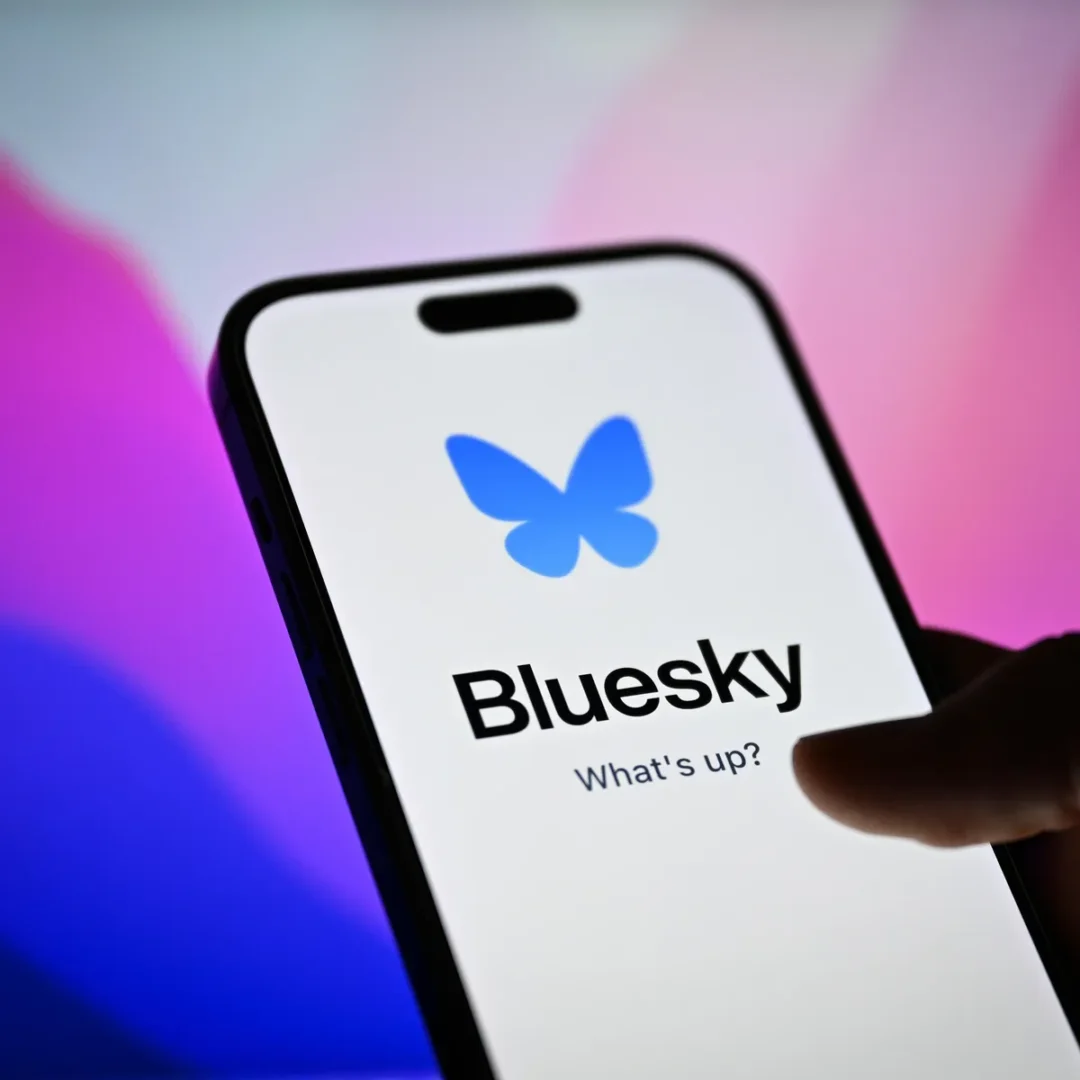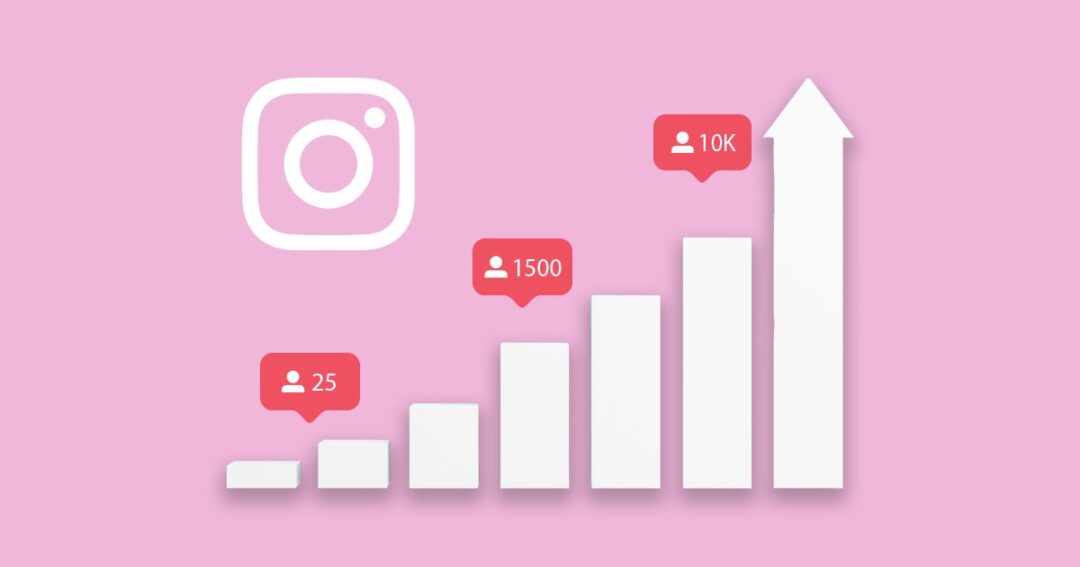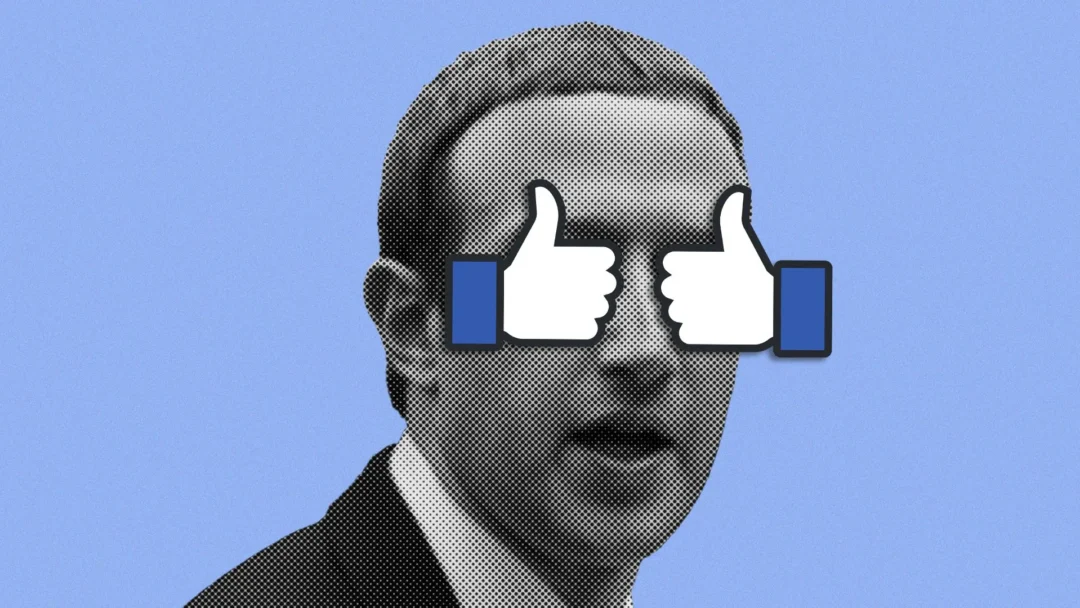The UK Supreme Court’s recent ruling on the legal definition of “woman” has sent ripples through society, particularly affecting the trans community. By determining that “woman” refers strictly to biological sex under the Equality Act 2010, the court has excluded transgender women, even those with Gender Recognition Certificates, from this legal category. While the ruling maintains certain protections for transgender individuals, it has sparked concerns about increased marginalisation and the potential erosion of rights.
In this context, the music industry, known for its history of embracing diversity and challenging societal norms, has a pivotal role to play. Beyond entertainment, music can be a powerful platform for advocacy, inclusion, and support. This article explores how the music industry can actively support transgender individuals in the UK, fostering safe spaces, amplifying voices, and promoting understanding. Even though the music industry and many other industries are suffering under the weight of the cost-of-living crisis, and our government seems to be actively making life more difficult for the most vulnerable members of our society, that doesn’t mean we have the right to turn away. Trans burnout is real, and the trans community needs allies more than ever. It may not be our fight, but that still doesn’t mean complicity through silence is right.
Understanding the Impact of the Supreme Court Ruling
The Supreme Court’s decision has significant implications for transgender individuals in the UK. By legally defining “woman” based solely on biological sex, the ruling excludes transgender women from certain legal recognitions and protections. This decision has been met with concern from LGBTQ+ advocacy groups, who fear it may legitimise exclusionary practices and increase discrimination.
Transgender individuals already face disproportionate levels of discrimination, mental health challenges, and violence. The ruling has already exacerbated these issues by reinforcing societal biases and limiting access to gender-affirming spaces and services. If you go on X, it’s already more of a dumpster fire of transphobia. TERFS feel vindicated after the success of the JK Rowling-funded court case. Of course they do, they feel like it’s a victory for women’s rights, but the belief that trans people were ever attempting to diminish women’s rights is a barefaced lie, a conduit for the contempt for a misunderstood minority in society. It is crucial to recognise that legal definitions have real-world consequences, affecting the daily lives and well-being of transgender people.
Creating Safe and Inclusive Spaces in the Music Industry
The music industry has long been a haven for self-expression and community building. However, it must continually assess and improve its inclusivity, particularly for transgender individuals. Creating safe spaces involves more than just open-mindedness; it requires intentional actions and policies.
Venues and festivals should implement clear anti-discrimination policies, provide gender-neutral facilities, and ensure staff are trained in inclusivity and sensitivity. Organisations like the Musicians’ Union offer resources and support for LGBTQ+ musicians, including safe space services and legal assistance.
Moreover, representation matters. Booking transgender artists, featuring their stories, and promoting their work can foster a more inclusive environment. Initiatives like TransForm Music in Wales highlight the importance of creating spaces specifically for transgender and non-binary musicians, providing platforms for their voices and experiences.
Amplifying Trans Voices Through Music and Media
Music has the power to tell stories, challenge norms, and inspire change. By amplifying transgender voices, the industry can contribute to greater visibility and understanding.
Artists can use their platforms to address transgender issues, collaborate with transgender musicians, and support LGBTQ+ causes. Media outlets and music publications should prioritise coverage of transgender artists, ensuring their work and perspectives are shared widely.
Educational initiatives, such as workshops and panels, can also play a role in raising awareness and fostering dialogue. By engaging audiences in conversations about gender identity and inclusion, the music industry can help dismantle prejudices and promote empathy. So much of the media representing trans people has portrayed them in a negative light. The Disclosure documentary tracks how, throughout history, trans people have been depicted as nothing more than the butt of jokes, horror-esque villains or victims. It’s time to ensure representation is realistic, depicting the true diversity of the trans community and celebrating what they individually bring to society.
Advocating for Policy Changes and Support Systems
Beyond individual actions, the music industry can advocate for systemic changes to support transgender individuals. This includes lobbying for inclusive policies, supporting organisations that provide resources and assistance to the transgender community, and investing in programs that address the unique challenges faced by transgender musicians.
Collaborations with advocacy groups can amplify efforts to promote equality and challenge discriminatory practices. By uniting voices and resources, the industry can contribute to a broader movement towards inclusivity and justice.
Conclusion
The Supreme Court’s ruling presents a challenge to the progress made in transgender rights in the UK. However, the music industry has the opportunity—and responsibility—to respond with solidarity and action. By creating inclusive spaces, amplifying transgender voices, and advocating for systemic change, the industry can play a crucial role in supporting one of society’s most vulnerable communities.
In times of adversity, music has always been a source of comfort, resistance, and unity. Let it continue to serve as a beacon for inclusivity and a catalyst for change.
Article by Amelia Vandergast

